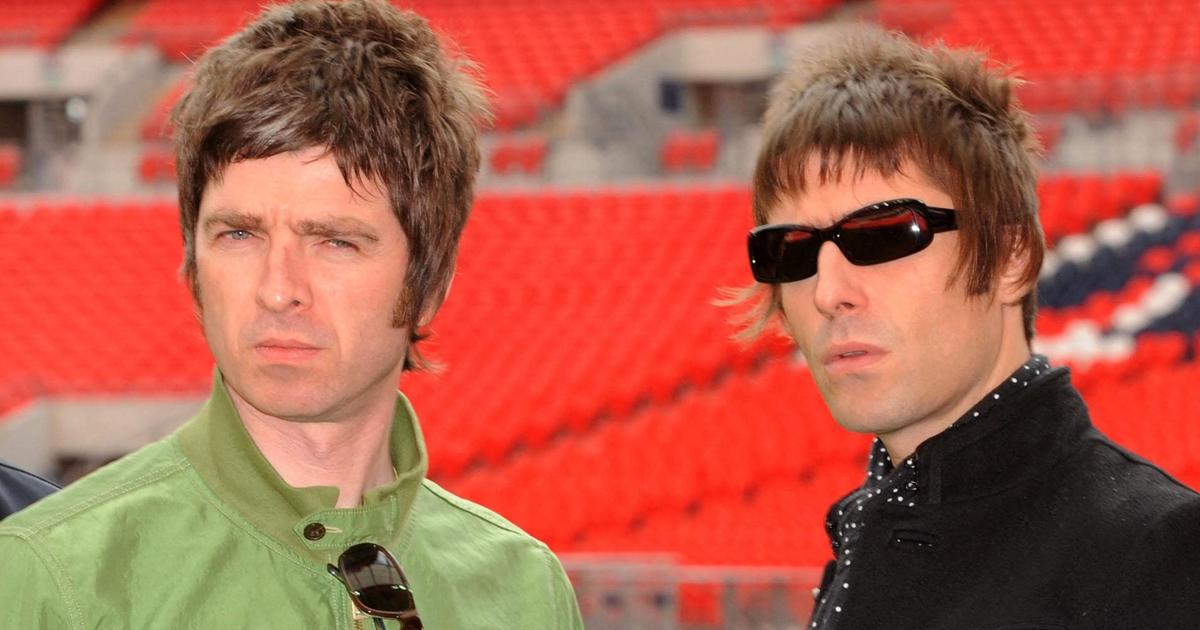The work of Liam Young (Brisbane, Australia, 1979) could be defined both by what he does and what he doesn't.
He is an architect who does not build buildings, but ponders the management of space.
A philosopher who does not write essays, but invents stories.
A filmmaker who does not give life to characters, although he designs alternative realities.
He based in Los Angeles, where he teaches classes and directs a
think tank
(Tomorrow's Thoughts Today) and a research study (Unknown Fields), Young presented this week in Madrid, at Fundación Telefónica, his exhibition Building Worlds, a title that summarizes in just two words what he does.
It is a review of her films, where she combines the use and reflection on the uses of technology with speculative science fiction to propose solutions that help get humanity out of the crossroads.
It is not a small thing.
We talked about using cinema to help save the planet.
00:15
Excerpt from Liam Young's film 'Planet City'
"We've reached a point where we measure time in apocalypse," says Young, almost fresh from a grueling trip from Los Angeles, sarcastically but also a little bitterly.
“The kind of things that a few years ago marked the defining moments of a generation are now just another Tuesday.
Think of any disaster: we already have it here.
The emergence of the third world war, the world burning and the impending climate collapse, global pandemics, tremendous economic and racial inequality… We have truly ushered in a new dark age.”
It will sound terrifying, but it does not fall into the doomsday: the scientific evidence supports these claims, despite what the denialists may weigh.
"Many come to yell at me," laughs Young, whose video installations are in the collections of MoMA in New York and Victoria & Albert in London.
“There are those who deny reality and others who are worried about the lives of their children.
But they are not willing to give up the comforts and luxuries.”
Science and nothing more than science is the base on which this so-called speculative architect stands to scan his audacious visions of a future in which the "classic clean and sterilized image of utopia" is replaced by scenarios tinged with chiaroscuro.
In them people have to rearrange their needs and make huge concessions, but at the same time the essence of what makes us human is maintained: "Mythology, magic, folklore".
All this cultural heritage is integrated into
Planet City
(2021), a film that recreates a planetary city that would house the 10,000 million people that will populate the Earth in 2050 in a space equivalent to 2% of its surface, leaving the rest to the reconquest of nature.
It is based on the "half-planet" concept, developed by biologist Edward O. Wilson, who predicts that mass extinction could be reversed by freeing half the globe from the influence of our species.
“It is an extreme proposal, but it is because we have created an extreme problem,” Young argues, stressing that it is not so much a feasible project as a “provocation”, a means to generate “a debate about whether we want to do something like that. or whether it is still possible to take more limited measures.”
In the 2021 film 'Planet City', it presents a single city that would house the 10,000 million inhabitants of the planet
The order of the exhibition itinerary, which is part of the program of the Madrid Urban Digital Art Festival, MMMAD, highlights how Young's films expand the scale from the small to the infinitely large: they begin with the individual and these are expanding to the cities, to the planet, to the universe.
In
Where the City Can't See
(2016), recorded with the same laser scanners used by self-driving cars, two young inhabitants of a city subjected to the relentless scrutiny of mass surveillance systems develop camouflage systems and body movements with which they escape that control.
In the recent
Emissary
(2022), which premieres in Madrid, Young has designed, hand in hand with NASA, a spacecraft conceived "to be the last object ever made by human beings", a vehicle that would navigate through space "like a monument to our existence."
“If we are on the verge of extinction,
Emissary
would be a tribute to what we were, almost like a tombstone,” he explains.
Conceived to wander forever, "its design would be so expensive that, like other projects such as the Large Hadron Collider or the ALMA [astronomical observatory], it could only be produced through international collaboration."
Apart from the clear warning that we are reaching the point of no return, some of the keys to the investigations that Young fictionalizes are exposed there: for example, that it is imperative “that people act from a planetary point of view, not a nationalist one” .
That the futures he imagines, like that of the hyper-monitored city, are actually the present, only he exaggerates their qualities to provoke an effect on the viewer.
Or that the technology necessary to remedy ills such as the climate emergency is already available.
You just need to put it to good use.
"We're not inventing new lighter-than-air materials or forms of energy taken from a meteor or that kind of Marvel stuff, but we're building on technologies that make today's cities possible and have been in place for 10 or 15 years. ”,
points.
In other words, the crisis is not one of resources, but "cultural".
We can still amend tomorrow, the question is whether we are willing.
Title: Excerpt from Liam Young's film 'Planet City'
With global warming at the forefront of the endless stream of adversities we must face, Young presents another film never seen before, made as
Emissary
on behalf of Telefónica:
The Great Endeavor.
There he conjectures how the "greatest human construction ever carried out" would work, a global network of carbon sequestration.
“If we don't want to go extinct, we need to build an infrastructure that sucks carbon out of the air and into the ground permanently and on a scale equivalent to today's oil and gas industry.
It would be something like the moon landing of our generation”, illustrates Young, who argues that other potential ways out of the alley, such as the highly publicized colonization of Mars championed by tycoon Elon Musk, are still mere “fantasies”.
"It's pure distraction.
And business strategy: a
marketing
campaign to give visibility to SpaceX.
But it is not the solution to our problems.”
Faced with the daydreams of billionaires, Young conceives his works as a wake-up call and an invitation to take action.
Also as a reminder: time is running out.
In its parallel universes, spaces of forms that dance between the cursed and the poetic where life balances on the fine thread that separates utopia from dystopia, our subsistence necessarily involves the efficient use of technology, as well as the renunciation unextendable to the excesses of consumerism.
“Very soon it will no longer be an option”, he predicts.
“We are blindly heading towards our extinction, and the important thing is not so much to propose strategies to end capitalism, but to recognize that we are already walking among its ruins.”
'Liam Young.
Build worlds'.
Telephone Foundation.
Madrid.
Until November 20.
You can follow BABELIA on
and
, or sign up here to receive
our weekly newsletter
.
Exclusive content for subscribers
read without limits
subscribe
I'm already a subscriber













/cloudfront-eu-central-1.images.arcpublishing.com/prisa/EXJQILQR5QI7OMVRTERD7AEZAU.jpg)